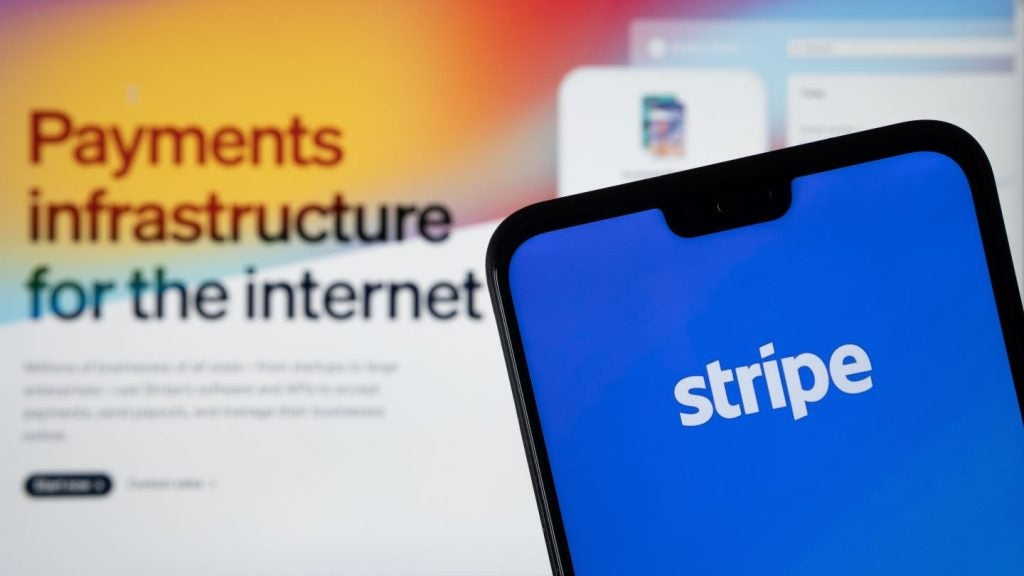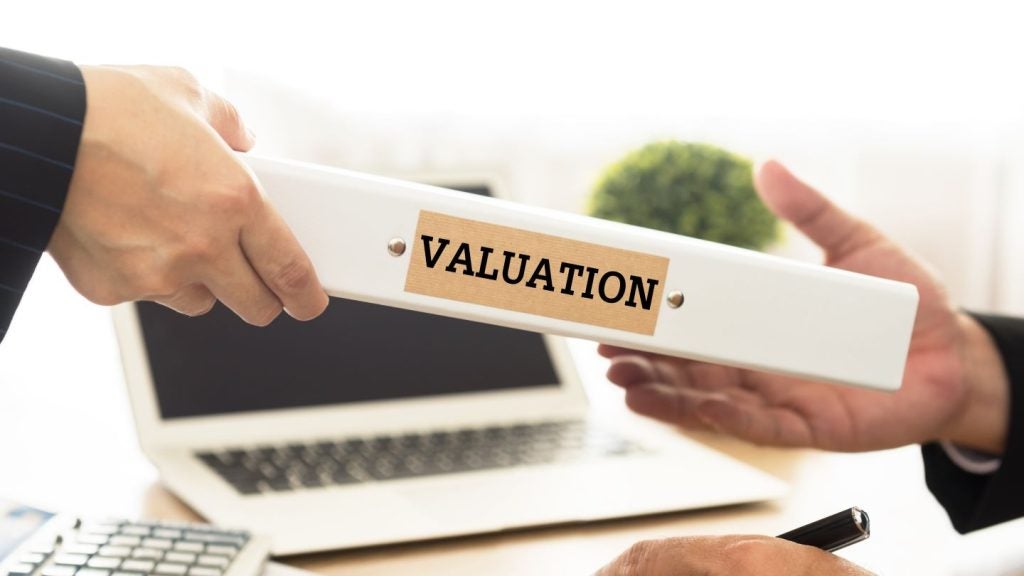Financial institutions may still be the first-choice providers of electronic payment services, but new research suggests that their dominance is being challenged by more technologically aware innovators. Charles Davis investigates the new kids on the e-payments block
Electronic bill payment and presentment remains one of the financial services industrys best drawing cards, attracting and retaining online banking customers by the million. But the bank-centric model for online bill payment at financial institutions has stagnated, and is being challenged by a host of innovators seeking to streamline the model by combining it with other payment services, or by linking bill payment to data storage, personal finance management and other services.
Banks may still be in the best position to provide bill payment services directly tied to finances because they can offer control, convenience, practicality and security. However, research suggests that they risk losing market share if they stand pat and rely on a payments model that still requires a lot of manual entry and delay on the user side.
A new report from Javelin Strategy & Research, Bill-Pay Innovators, should serve as a wake-up call for banks. It highlights a host of new players that provide more choice and flexibility for consumers to pay bills.
The study found that while innovators are raising the stakes for bill payment, they still lack the essential four-part combination that fully meets consumers needs for money management, bill payment capabilities, archive, and mobile access.
The firms research found that consumers greatest bill payment needs are payment control, always-on convenience, and practical features such as bill reminders. Innovators must first give consumers a better alternative to their current habits of paying bills through financial institutions or biller websites, before focusing on beating out rivals.

US Tariffs are shifting - will you react or anticipate?
Don’t let policy changes catch you off guard. Stay proactive with real-time data and expert analysis.
By GlobalDataIt does not have to be an either-or proposition between the banks and the innovators, says Mark Schwanhausser, senior analyst of multichannel financial services at Javelin. Consumers are going to cobble together a solution from both, but the financial institutions have the advantage here.
They want more control in one place, a simplified bill payment process, and at the end of the day, the money is in the banks.
Changing dynamics
While the biller-direct model is most widely used by consumers, bill payment through financial institutions is gaining in popularity. Consumers told Javelin researchers that the top advantages of paying bills through these models are the ability to pay directly from their checking account (46% of respondents), and the ability to control when payments are made (44%).
It takes a scorecard to keep up with the new bill pay entrants, which include companies that could be potential partners of or competitors to banks as the bill payment market evolves. Some use money management as a focal point, (Mint, Pageonce and Quicken), others make paying bills their centerpiece (Mopay, Bill.com, Billeo and MyCheckFree), and others are combining digital archiving with payment options (Doxo, Manilla, Volly and Zumbox).
Each is striving to differentiate itself in a crowded market, offering a dizzying variety of alternatives to bank-centric bill payment in hope of developing a combination of services and ease of use to challenge banks stranglehold on the customer relationship.
Mopay
Mopay takes the alternative bill payment model a step further, creating an entirely new way to pay: rather than using debit or credit cards at all, the firm links charges to consumers internet service providers bills.
Mopay has offered such alternatives for a decade through phone bills in more than 80 countries, targeting customers in regions with low credit card penetration, says Kolja Reiss, managing director of Mopay. Reiss says that Mopay currently reaches more than 3.3bn consumers in 80 countries.
We see alternative payments as a viable option for many consumers who either dont have access to credit cards or who dont want to make card-based payments online. Reiss says.
Conversion is the key, online or off. Getting visitors shopping is one thing, but getting them to actually complete the transaction is another. Transactions are abandoned, and are often the result of frustration over payment, and security concerns.
Mopay launched with a service enabling consumers to charge online purchases to 10 mobile telecom carriers around the world, including T-Mobile, Verizon and AT&T in the US. A few years ago, the company added the ability to charge purchases to hard-wired landline bills. Now it has the capability to enable broadband service providers to accept payments for online purchases.
Many of the 550 online merchants offering Mopay as a payment option are in the US, Asia and Europe, while the majority of the firms customer base is in Europe and South America, Reiss says.
Merchants pay Mopay 5-20% of the purchase price, which compares with 3-6% for online credit card transactions. Carriers that route the bill to customers through monthly mobile, telephone or broadband bill statements receive about 15% of the transaction fee that was paid to Mopay. The fees may seem high, but Reiss notes that merchants are content with the pricing as these are sales they would have otherwise not gotten at all.
Consumers opting to route online purchases to broadband accounts receive automatic authentication when using the service at the home or office that matches the address of the internet service providers customer.
When consumers want to bill a purchase to the broadband service provider from another location, such as a Wi-Fi hotspot, they must provide their broadband account number and password to complete the purchase.
The California-based unit of German company MindMatics recently announced that it is adding broadband providers to its list of alternative payment channels, and has created a new extended recurring billing feature for subscription-based merchants.
The new feature enables consumers to subscribe to and pay for services ranging from magazines to movies to online interactive games utilizing Mopays one-time purchasing process feature. The capability will be rolled out across the majority of Mopays connected countries within the next 12 months.
Long-time Mopay client Bigpoint, one of the worlds largest online game developers, is using the system to offer users bonuses and premium features that can be ordered via Mopays recurring billing option, giving the gamers an edge in the online battle. Online merchants are also able to offer regular subscriptions as well as trial or sample subscriptions that terminate after a defined period.
Subscribing to services via Mopay offers a single purchase process for payments. At checkout, consumers enter their mobile phone number, receive a PIN via SMS and enter that PIN online to complete the purchase process. The subscription fee is automatically billed to the mobile phone account at the start of a new cycle.
Billeo and Cartera
Another major innovator, Billeo, sees the future as a powerful convergence of online shopping and bill payment.
Billeos CEO Murali Subbarao says the way people shop online and the way they pay bills online is aligning, and added that the company is developing a number of tools to make payment as easy as surfing online sites.
When you are sitting with a tablet and surfing you are using the same interface to read as you are to shop, and you are doing so in a seamless, continuous process, he says.
Retailers have been treating this as two separate things, but its just different tabs open at the same time.
Billeo has created a suite of online assistants that save people time and money in all types of online transactions, from shopping to bill payments, and has partnered with marketing solutions provider Cartera Commerce to push deals to shoppers.
Carteras 150m customers can now choose to be instantly alerted to deals on sites they are browsing or on products they happen to be searching for online. Billeo brings its newly expanded Biller Directory, with more than 100,000 companies across 26 categories, to the service.
The difference lies in the real-time nature of the Billeo-Cartera joint venture. Unlike other businesses that use credit card transaction histories to drive deals, the Billeo Shopping Assistant uses consumers real-time online activity as they browse to tailor deals and then offer instant card-based payments.
A lot of the models out there depend on what youve done or purchased before and theyre trying to predict what youre going to do next, Subbarao says.
The best indication of what consumers want to buy is what theyre doing right now. So were able in real time to respond to your needs and then show you the offers.
The firms new ShopSmart app for the iPad uses an in-house search technology that helps go through reward and loyalty programmes to inform the user of discounts on sought-after products.
Rewards & loyalty
By combining the rewards or loyalty programmes with existing offers from top merchants, Subbarao says that ShopSmart represents the next logical step in payments by combining the analytics engine of bill payments with the data feed of shopping.
Enabling people to shop for things on their iPad and be sent loyalty offers and discounts as they shop is a great way to drive sales using the card that you carry, he says. It combines the wallet, which really speeds the form filling on a tablet environment, so bringing a cloud-based wallet to the process makes the whole thing easier to complete.
Subbarao says that more than 31m consumers pay bills through their banks websites, but millions more opt to pay directly on a companys website to take advantage of paying with a card. Supporting card transactions makes the financial institutions websites a more likely destination for customers to complete all their bill payments, and offers the added benefits of rewards points and instant credit for payment. The direct payment option also centralizes a consumers payments in one channel, a growing trend among rewards-driven customers, he says.
The wallet then becomes this really useful tool, making bill payment easier as well, he says. Its an instant payment process that gets you credit right away as well as any loyalty points.
Bill Pay Assistant also keeps track of all those bills, reminds you when they are due, allows you to choose whatever payment channel you want and sends you straight to the merchant the pay-direct model is simply a better option for many payments.
Success for the upstarts will not come easily or soon, however. These innovators not only are competing against one another in a crowded field with piecemeal offerings; their survival will depend on changing entrenched consumer habits for paying bills at financial institutions, biller sites and by mail, which remains the dominant form of bill payment in the US.
You can see where the outsiders are at a fundamental disadvantage because they are on the outside looking in, data-wise, but that can be a strength as well, because they have a wider view and can potentially deliver more bills that people have, Schwanhausser says.
They can offer a broader variety of services, and help manage the timing and alerting functions.
The bill pay experience right now is incredibly fractured and not terribly intuitive, so innovators have a chance to really outshine the banks, so its not all stacked in favour of the financial institutions. <







